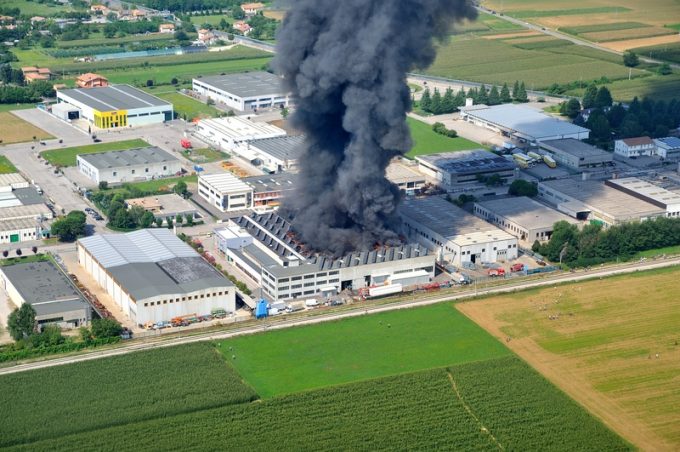Typhoon Bebinca shuts down port operations in Shanghai and Ningbo
Departures from Shanghai’s container terminals are likely to be erratic following typhoon Bebinca causing serious ...

PRESS RELEASE:
Factory Fires, Mergers & Acquisitions, Business Sales, Factory Disruptions, Leadership Transitions, and Supply Shortages ranked as the top 6 supply chain disruptions in 2021, according to data released from Resilinc, the world’s leading supply chain risk monitoring and mapping solution. The exclusive data, compiled from Resilinc’s EventWatch monitoring database reveals that supply chain disruptions were up 88% year-over-year, with 90% of disruptive events being human-caused.
2021 saw the most factory fires ever recorded in a single year. Resilinc sent out ...
Trump tariffs see hundreds of cancelled container bookings a day from Asia
Macron calls for ‘suspension’ – CMA CGM's $20bn US investment in doubt
De minimis exemption on shipments from China to the US will end in May
Forwarders stay cool as US 'liberation day' tariffs threaten 'global trade war'
Mixed response in US to 'Liberation Day', while China leads wave of retaliation
Tariffs and de minimis set air freight rates on a volatile course
Overcapacity looms for ocean trades – with more blanked sailings inevitable
'To ship or not to ship', the question for US importers amid tariff uncertainty
List of blanked transpac sailings grows as trade war heats up and demand cools
'Chaos after chaos' coming from de minimis changes and more tariffs
East-west rates diverge as transpac spots hold while Asia-Europe keeps falling

Comment on this article